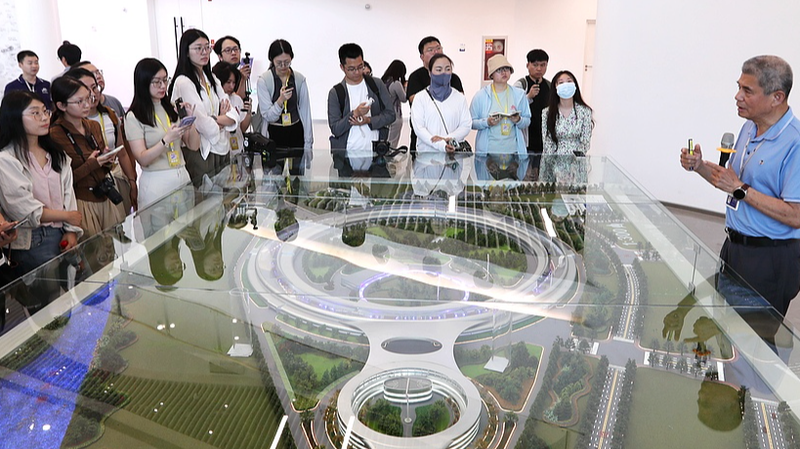The year 2035 marks a turning point in China’s path from peaking carbon emissions to achieving carbon neutrality. Anchored by its nationally determined contributions, China is weaving ecological civilization into every facet of development, from policy and industry to culture and community.
At the "Shanghai Cooperation Organization Plus" meeting, President Xi Jinping underscored that tackling climate change is a shared global mission. China’s green blueprint balances development rights, energy security, and innovation, aiming to narrow the North-South gap and champion fairness in the global green transition.
10 Strategic Logics of China’s Eco-Civilization
- Harmony between Humanity and Nature: Rooted in millennia-old traditions, this logic calls for coexistence, mutual flourishing and a Community for Ocean Destiny that honors land and sea alike.
- Unity of Knowledge and Action: Guided by the mantra "Lucid waters and lush mountains are invaluable assets," theory and practice merge to make sustainability a lived reality.
- Holistic Coordination: Mountains, rivers, forests, farmlands and deserts come under integrated management, ensuring production, lifestyles and mindsets align with green goals.
- Parallel Development: Digitalization powers green tech, while clean energy fuels the digital economy. AI, new energy and infrastructure converge to accelerate transformation.
- People-Centered Approach: The collective aspiration for a better life drives policy. Under clear targets, local and national efforts unite to safeguard both livelihoods and the planet.
- Build before Break: Ambitious targets are paired with practical plans, ensuring new systems are in place before phasing out old ones—aim high, achieve the middle.
- Dialectical Logic: Development and protection advance hand in hand, with environmental industries transforming green goals into economic opportunity.
- Unified National Market: A cross-regional energy network links wind, solar, hydro and thermal power, optimizing resources through capable governance and market forces.
- Local Adaptation: Emission strategies are tailored to regional realities, avoiding one-size-fits-all mandates while staying aligned with national dual-carbon goals.
- Self-Development and Shared Growth: From taming floods to building a Green Belt and Road, China extends its sustainable model globally, advancing the UN Sustainable Development Goals.
By blending ancient wisdom with modern innovation, China’s ecological civilization logic offers a fresh perspective on the green transition. As the world charts its low-carbon future, these ten guiding principles highlight how long-term vision, local action and global cooperation can drive transformative change.
Reference(s):
The ecological civilization logic behind China's green transformation
cgtn.com




